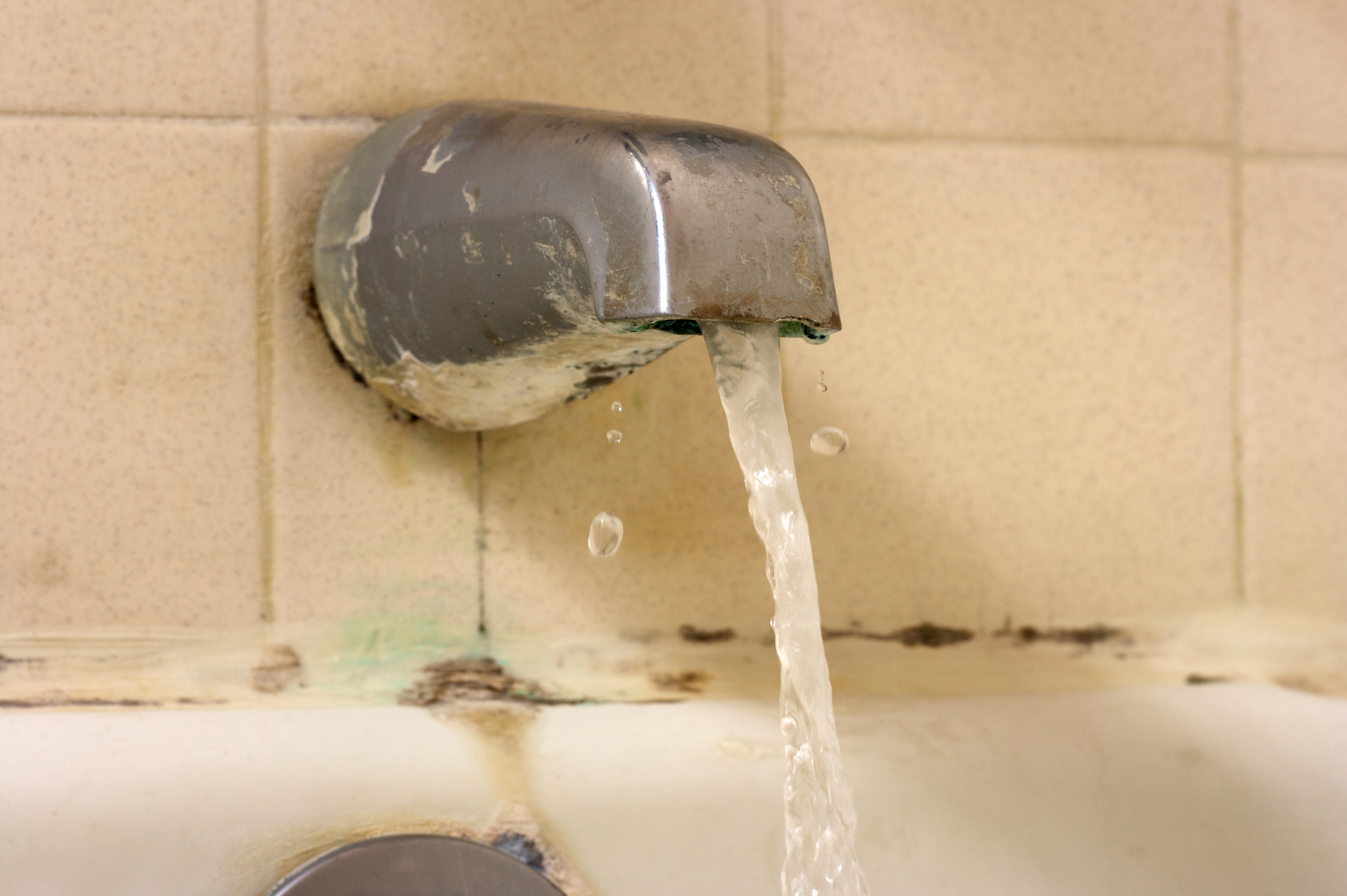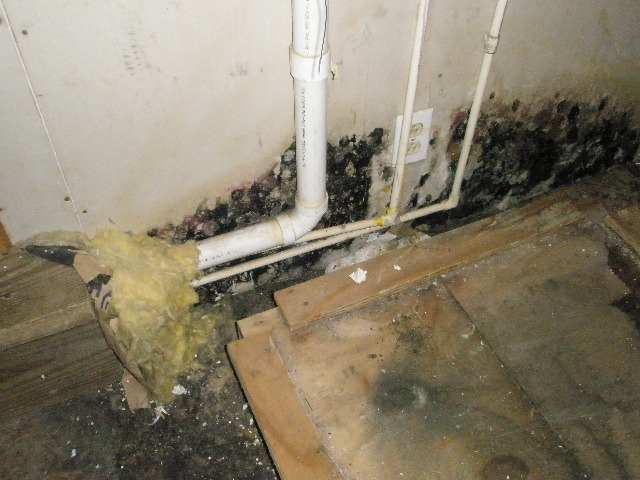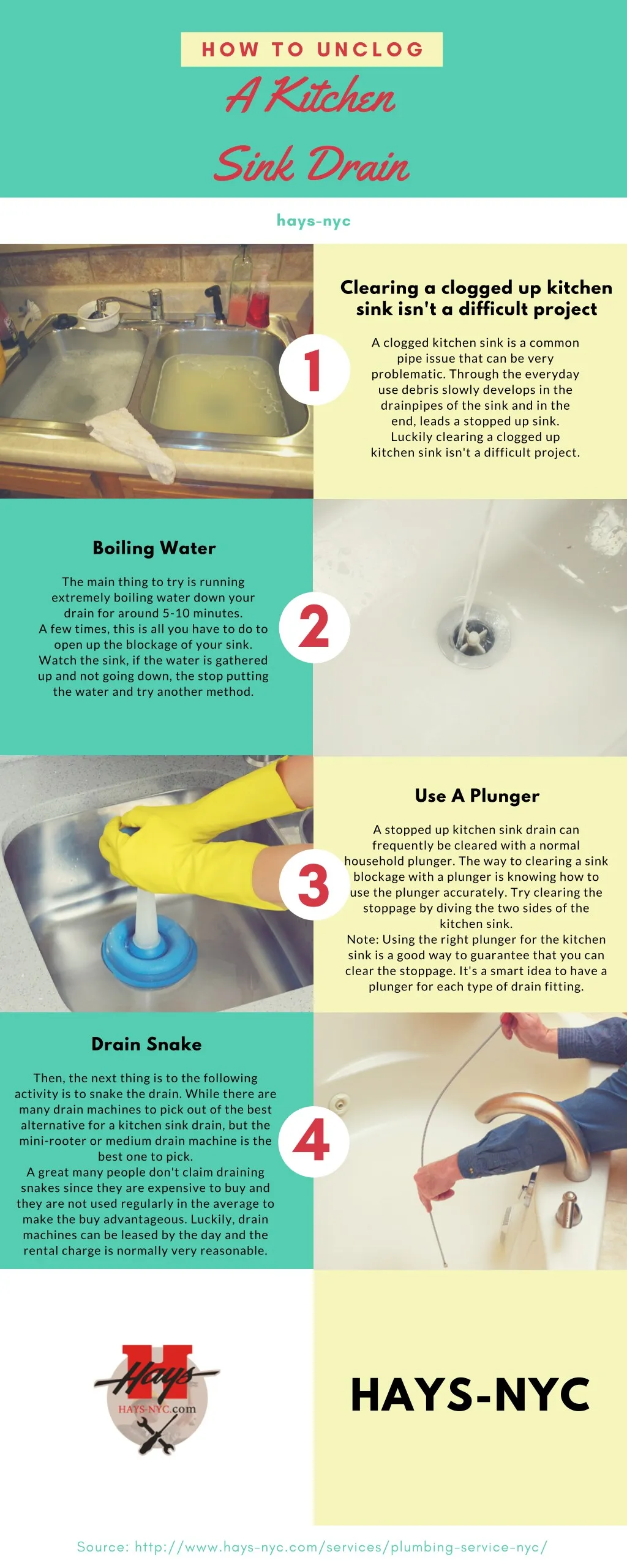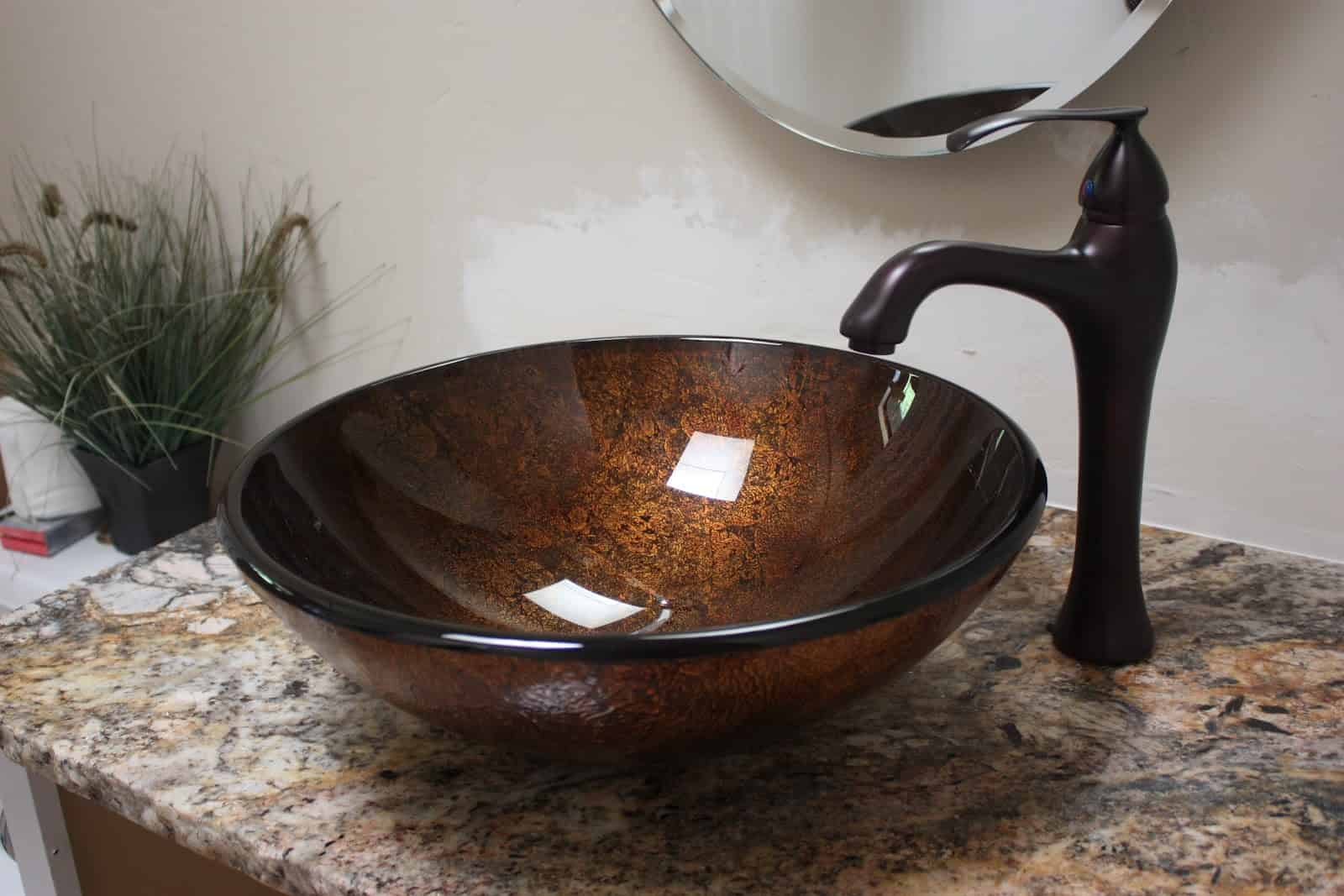If you've noticed a musty, unpleasant odor coming from under your kitchen sink, it's likely that you have a mildew problem. Mildew is a type of fungus that thrives in damp, dark places - making the area under your kitchen sink the perfect breeding ground. Not only is mildew unsightly and smelly, but it can also be harmful to your health. In this article, we'll discuss the top 10 ways to remove mildew under your kitchen sink and keep it from coming back.How to Remove Mildew Under Your Kitchen Sink
If you're dealing with a mildew problem under your kitchen sink, the first step is to remove any visible signs of mildew. Use a mixture of equal parts water and white vinegar to scrub away the mildew. For stubborn areas, you can also use a mildew cleaner or a mixture of bleach and water. After cleaning, be sure to thoroughly dry the area to prevent any remaining mildew from growing back.How to Get Rid of Mildew Under Your Kitchen Sink
Prevention is key when it comes to keeping mildew at bay. The best way to prevent mildew from growing under your kitchen sink is to keep the area clean and dry. Regularly wipe down the inside of your cabinet with a disinfectant cleaner and make sure to fix any leaks or plumbing issues that could cause excess moisture.Preventing Mildew Growth Under Your Kitchen Sink
If you prefer to take a more natural approach to removing mildew, there are a few DIY solutions you can try. Baking soda and tea tree oil both have anti-fungal properties and can be mixed with water to create a natural mildew cleaner. You can also sprinkle baking soda directly onto the affected area and let it sit for a few hours before wiping it away.DIY Mildew Removal for Kitchen Sink
If you're dealing with a severe mildew problem, you may need to turn to stronger cleaning products. Look for products specifically designed to remove mildew, such as bleach-based cleaners or enzyme-based cleaners. Be sure to thoroughly read and follow the instructions on the product label.Effective Products for Removing Mildew Under Kitchen Sink
It's important to know the signs of mildew so you can catch and address the problem early on. The most obvious sign is a musty odor coming from under your sink. You may also notice discoloration or black spots on the walls or cabinets under your sink. If you see any of these signs, it's time to take action and remove the mildew.Signs of Mildew Under Your Kitchen Sink
Understanding the causes of mildew growth can help you prevent it from happening in the future. The main cause of mildew under your kitchen sink is excess moisture. This can be caused by a leaky pipe, poor ventilation, or even leaving wet sponges or cleaning supplies under the sink. Make sure to address any sources of moisture to prevent mildew from growing.Causes of Mildew Under Kitchen Sink
If you're dealing with a severe or persistent mildew problem, it may be best to call in the professionals. A professional cleaning service can thoroughly remove the mildew and ensure that it doesn't come back. They may also be able to identify and fix any underlying issues that are causing the mildew to grow.Professional Mildew Removal Services for Kitchen Sink
Cleaning and disinfecting the area under your kitchen sink is crucial for preventing mildew growth. After removing any visible mildew, use a disinfectant cleaner to thoroughly clean the area. You can also use a mixture of water and bleach to disinfect the area. Be sure to wear gloves and work in a well-ventilated area when using bleach.How to Clean and Disinfect Mildew Under Kitchen Sink
To prevent mildew from returning under your kitchen sink, make sure to keep the area clean and dry. Regularly clean and disinfect the area and fix any leaks or plumbing issues promptly. You can also place a moisture-absorbing product, such as silica gel packets, under the sink to help keep the area dry. In conclusion, mildew under your kitchen sink can be a pesky problem, but it's not impossible to get rid of. By following these top 10 tips for removing and preventing mildew growth, you can keep your kitchen sink area clean and healthy for you and your family.Tips for Keeping Your Kitchen Sink Mildew-Free
Mildew Under Kitchen Sink: Causes, Prevention and Treatment

Introduction
 When it comes to house design, the kitchen is often considered the heart of the home. It is where meals are cooked, memories are made, and families gather together. That is why it is essential to keep this space clean and well-maintained. However, one common problem that many homeowners face is finding mildew under their kitchen sink. This not only affects the aesthetics of the kitchen but also poses health risks. In this article, we will discuss the causes of mildew under the kitchen sink, how to prevent it, and the best ways to treat it.
When it comes to house design, the kitchen is often considered the heart of the home. It is where meals are cooked, memories are made, and families gather together. That is why it is essential to keep this space clean and well-maintained. However, one common problem that many homeowners face is finding mildew under their kitchen sink. This not only affects the aesthetics of the kitchen but also poses health risks. In this article, we will discuss the causes of mildew under the kitchen sink, how to prevent it, and the best ways to treat it.
The Causes of Mildew Under Kitchen Sink
 Mildew is a type of fungus that thrives in damp and humid environments. This makes the area under the kitchen sink a perfect breeding ground. The main cause of mildew under the kitchen sink is moisture. Leaky pipes, moisture from condensation, and poor ventilation can all contribute to the growth of mildew. This is especially true if the sink is located near a dishwasher or garbage disposal that produces excess moisture. Additionally, storing wet sponges, dishcloths, and other cleaning supplies under the sink can also contribute to the growth of mildew.
Mildew is a type of fungus that thrives in damp and humid environments. This makes the area under the kitchen sink a perfect breeding ground. The main cause of mildew under the kitchen sink is moisture. Leaky pipes, moisture from condensation, and poor ventilation can all contribute to the growth of mildew. This is especially true if the sink is located near a dishwasher or garbage disposal that produces excess moisture. Additionally, storing wet sponges, dishcloths, and other cleaning supplies under the sink can also contribute to the growth of mildew.
Preventing Mildew Under Kitchen Sink
 The best way to prevent mildew under your kitchen sink is to eliminate excess moisture. Regularly check for and fix any leaking pipes. If you notice condensation forming on the pipes, consider insulating them to prevent moisture buildup. Installing a dehumidifier in your kitchen can also help reduce humidity levels. Additionally, store cleaning supplies in a dry place and ensure that sponges and dishcloths are squeezed out and thoroughly dried before storing them.
The best way to prevent mildew under your kitchen sink is to eliminate excess moisture. Regularly check for and fix any leaking pipes. If you notice condensation forming on the pipes, consider insulating them to prevent moisture buildup. Installing a dehumidifier in your kitchen can also help reduce humidity levels. Additionally, store cleaning supplies in a dry place and ensure that sponges and dishcloths are squeezed out and thoroughly dried before storing them.
Treating Mildew Under Kitchen Sink
 If mildew has already started to grow under your kitchen sink, there are several ways to treat it. First, remove any items stored under the sink and clean them thoroughly with warm soapy water. Next, mix equal parts water and white vinegar in a spray bottle and spray the affected area. Let it sit for a few minutes before wiping it clean with a damp cloth. For tougher cases of mildew, you can use a commercial mildew remover, following the instructions on the label carefully.
If mildew has already started to grow under your kitchen sink, there are several ways to treat it. First, remove any items stored under the sink and clean them thoroughly with warm soapy water. Next, mix equal parts water and white vinegar in a spray bottle and spray the affected area. Let it sit for a few minutes before wiping it clean with a damp cloth. For tougher cases of mildew, you can use a commercial mildew remover, following the instructions on the label carefully.
In Conclusion
 Mildew under the kitchen sink is a common problem that can be easily prevented and treated. By keeping the area dry and well-ventilated, regularly checking for leaks, and properly storing cleaning supplies, you can keep mildew at bay. However, if the problem persists, it is best to seek professional help to ensure that the underlying cause is properly addressed. Remember, a clean and well-maintained kitchen is not only aesthetically pleasing but also promotes a healthy living environment for you and your family.
Mildew under the kitchen sink is a common problem that can be easily prevented and treated. By keeping the area dry and well-ventilated, regularly checking for leaks, and properly storing cleaning supplies, you can keep mildew at bay. However, if the problem persists, it is best to seek professional help to ensure that the underlying cause is properly addressed. Remember, a clean and well-maintained kitchen is not only aesthetically pleasing but also promotes a healthy living environment for you and your family.

















































































